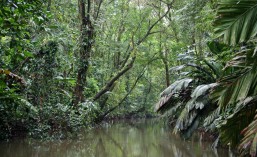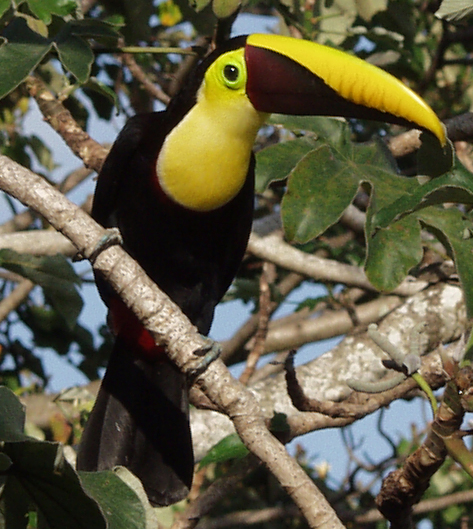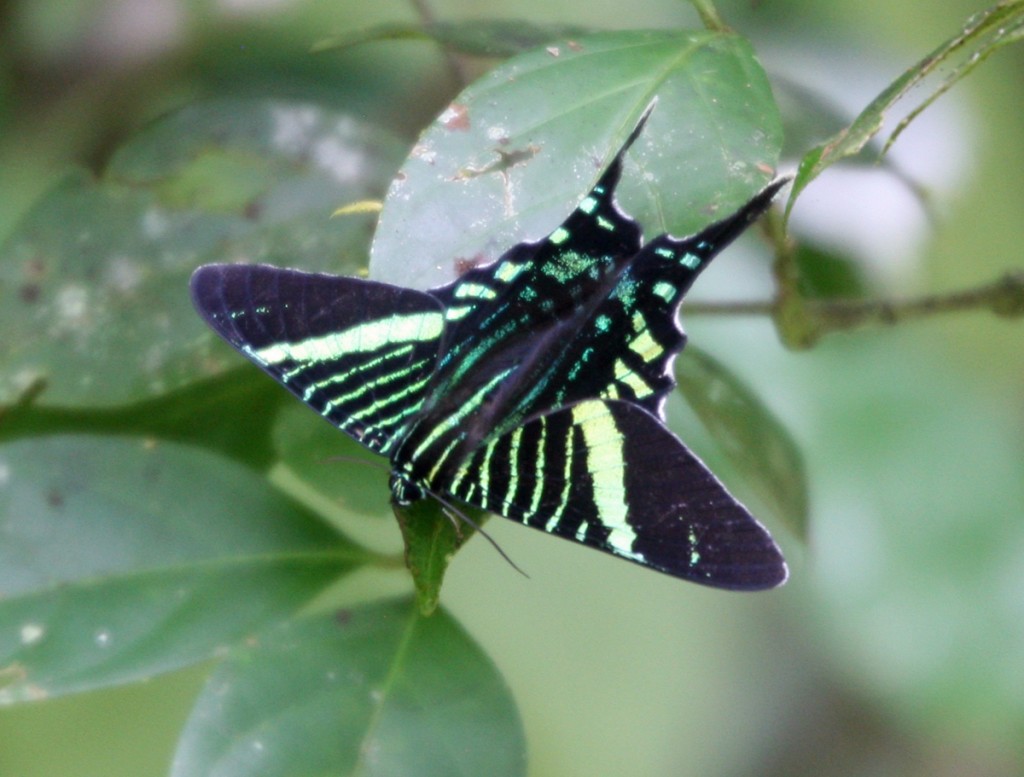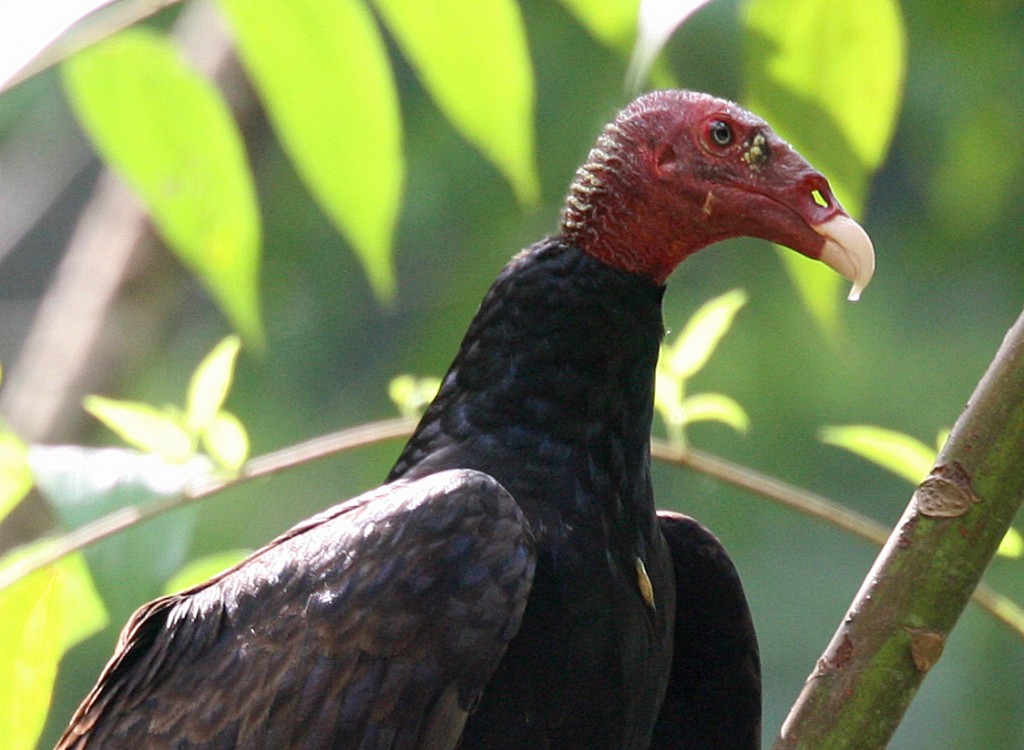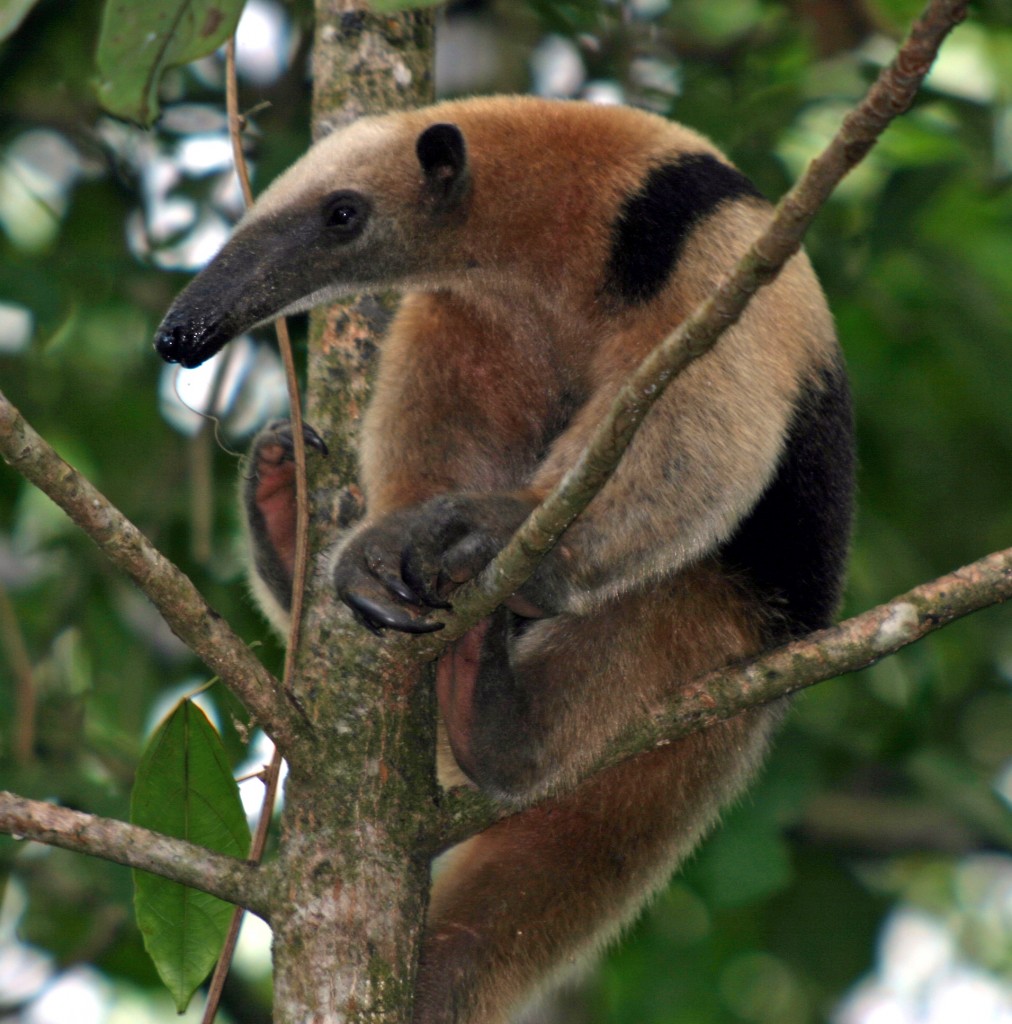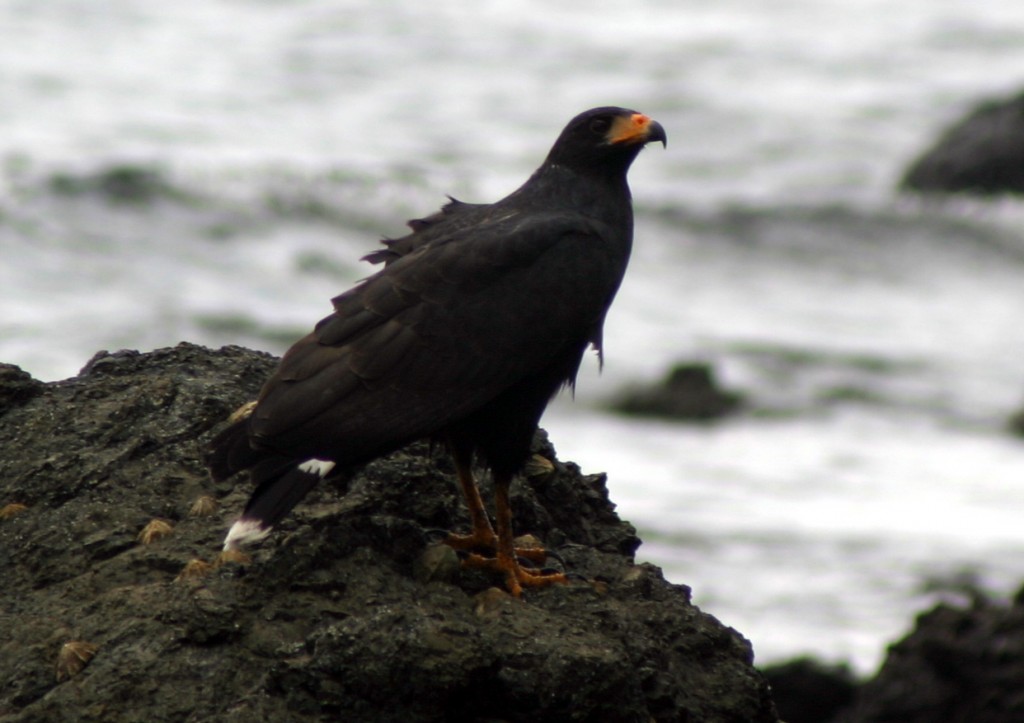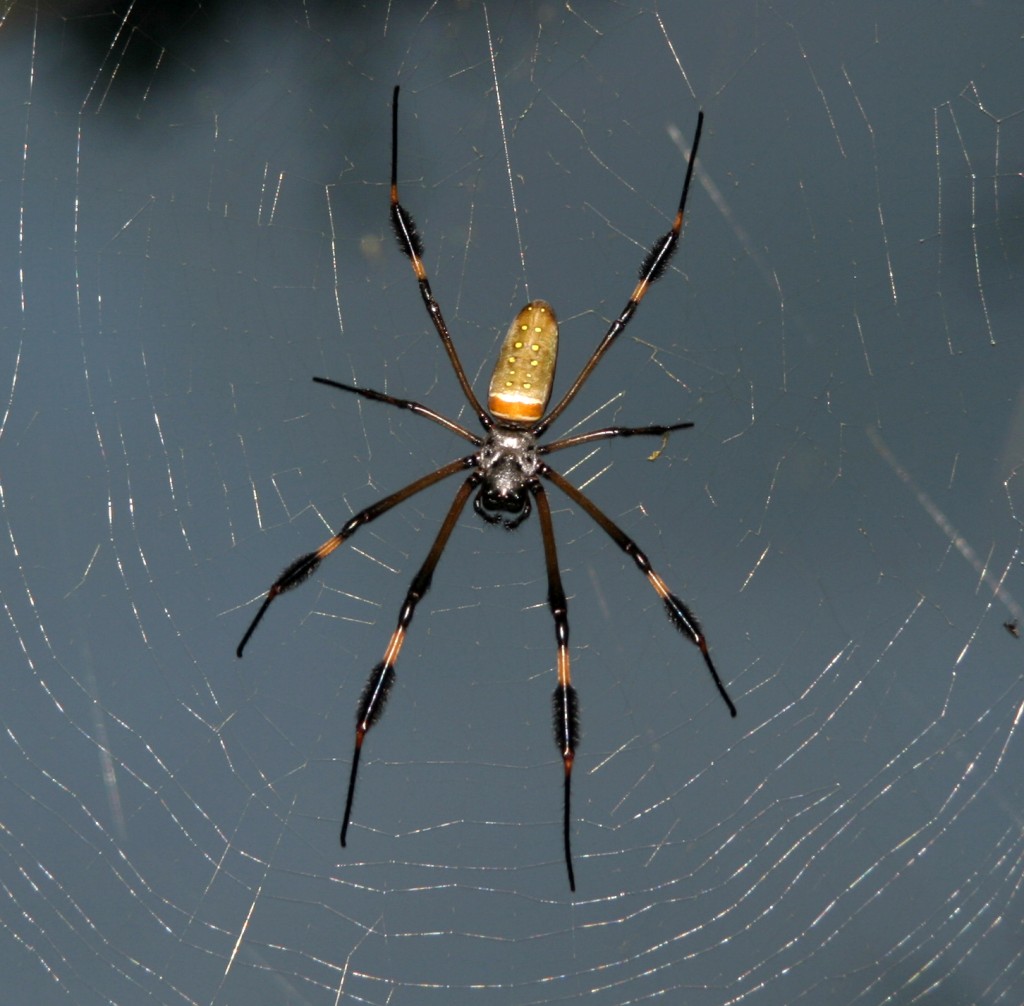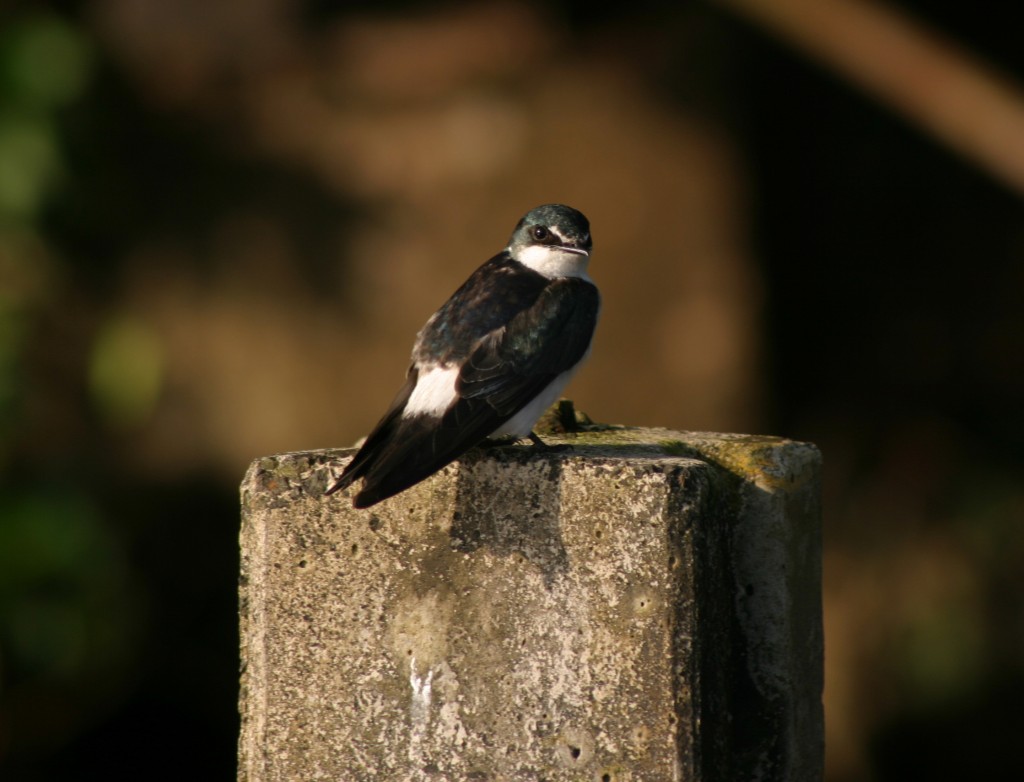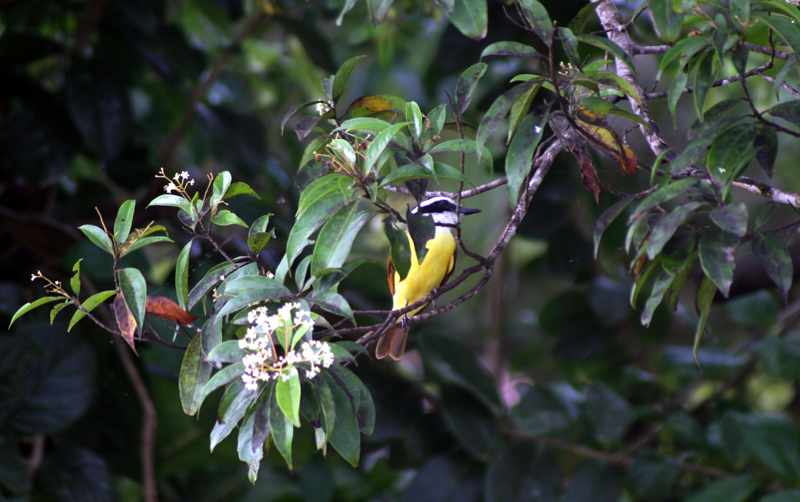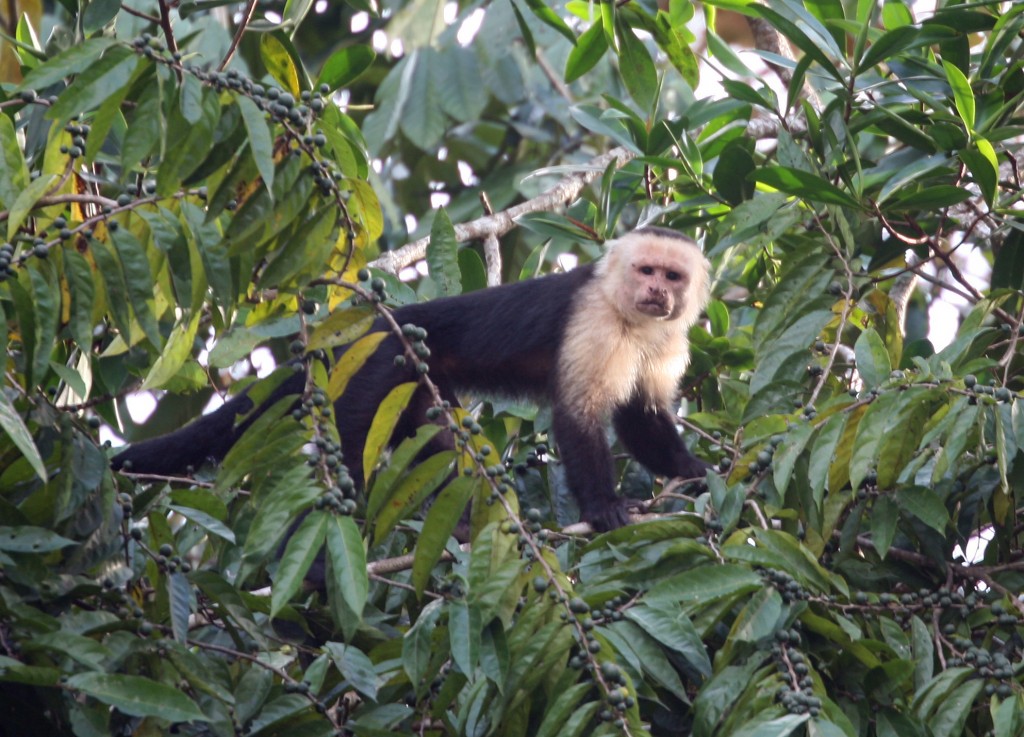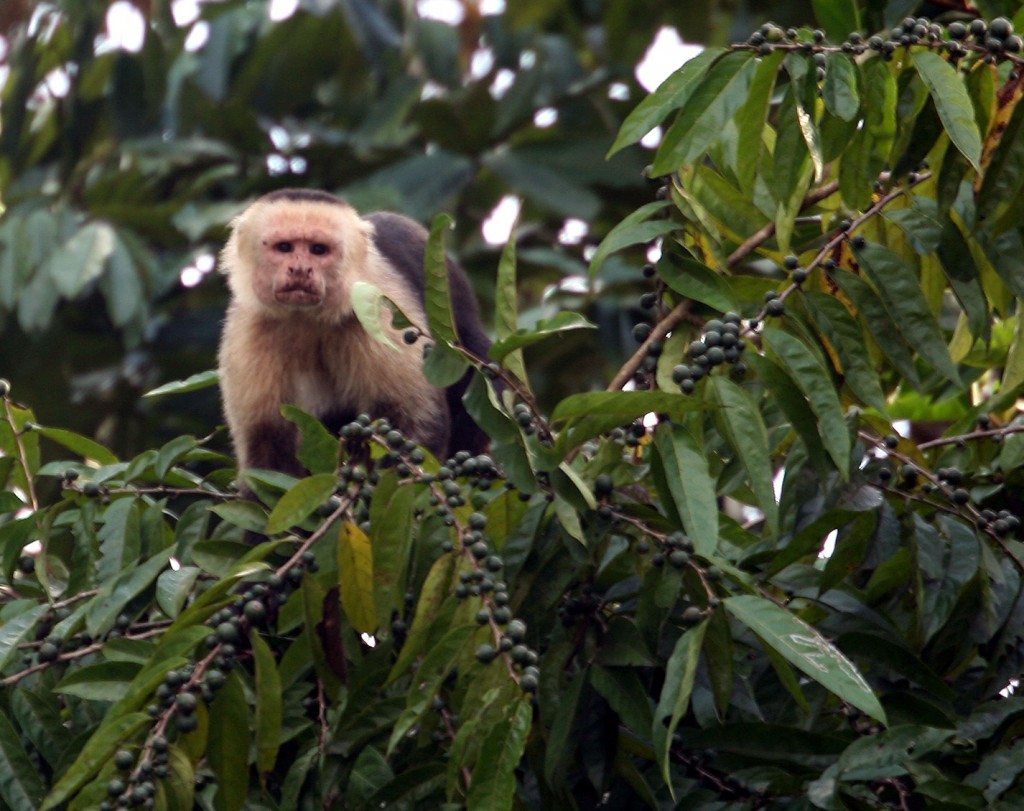This Chestnut-mandibled Toucan (Ramphastos swainsonii) is one of the first birds I photographed during my first trip to Costa Rica back in 2002 with my first digital camera. I was thrilled, and I felt so lucky to have gotten a clear snapshot of such an exotic-looking creature! The Chestnut-mandibled Toucan is the larger of two toucan types in Costa Rica, and the only one on the Osa Peninsula.
All media is copyright costaricawildlife.net, 2013.
